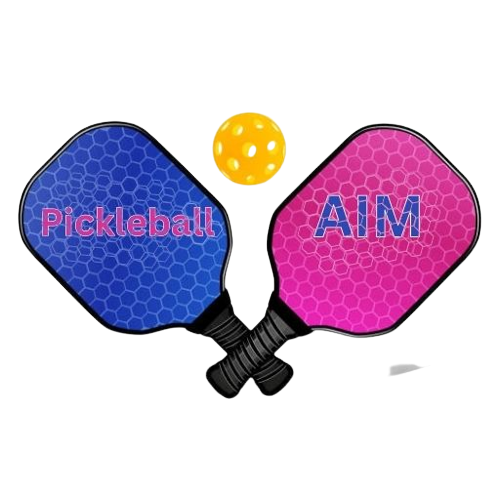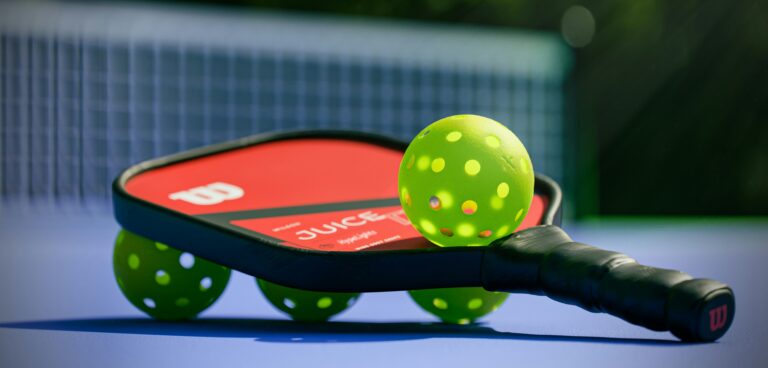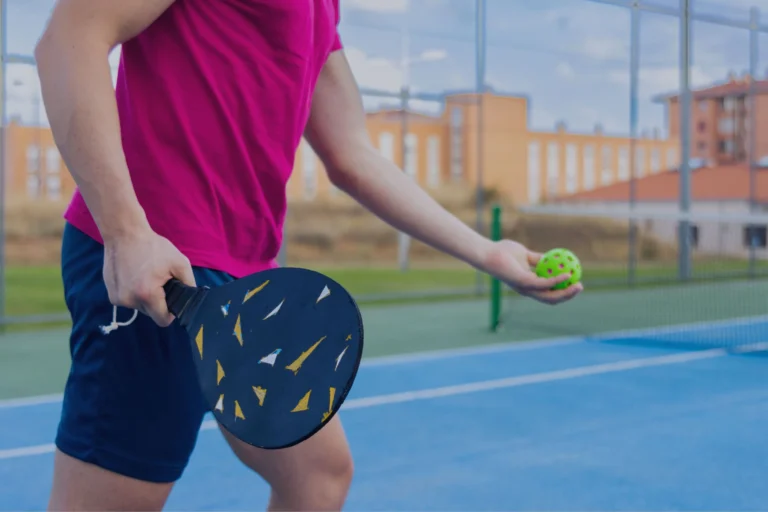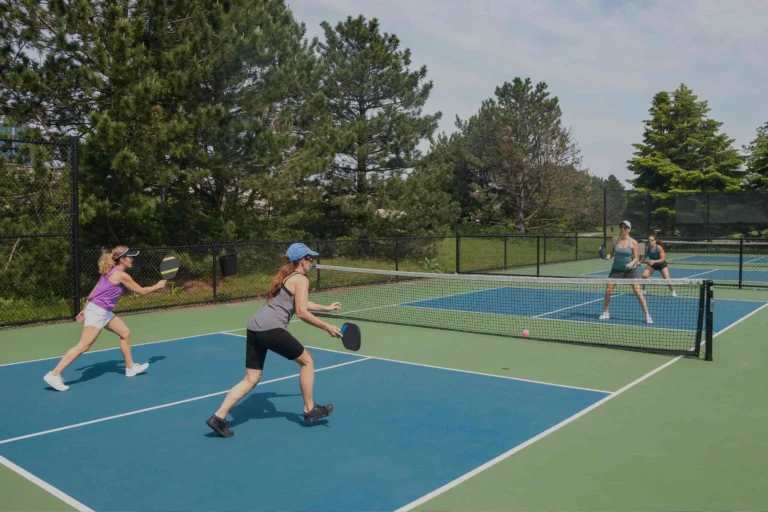How To Film Your Pickleball Play? The Best Options For Filming
How To Film Your Pickleball Play?
To film your pickleball play, you can use a smartphone or a camera with video recording capabilities. Set up the recording device on a stable surface or use a tripod for steady footage. Position it to capture the entire court, including both you and your opponent. Ensure good lighting and minimal glare. Record full games or practice sessions to review and analyze your play later, which can help you identify areas for improvement and refine your skills.
Introduction And Tips For Filming
Pickleball is a fast-paced and exciting sport that has been gaining popularity around the world. Whether you are a beginner or an experienced player, one of the best ways to improve your skills and track your progress is by filming your pickleball play. Capturing your games on video provides valuable insights, allowing you to analyze your technique, strategize better, and identify areas for improvement. In this article, we will explore the best options for capturing your pickleball play, so you can make the most out of your filming sessions.
1. Smartphones – Convenience at Your Fingertips
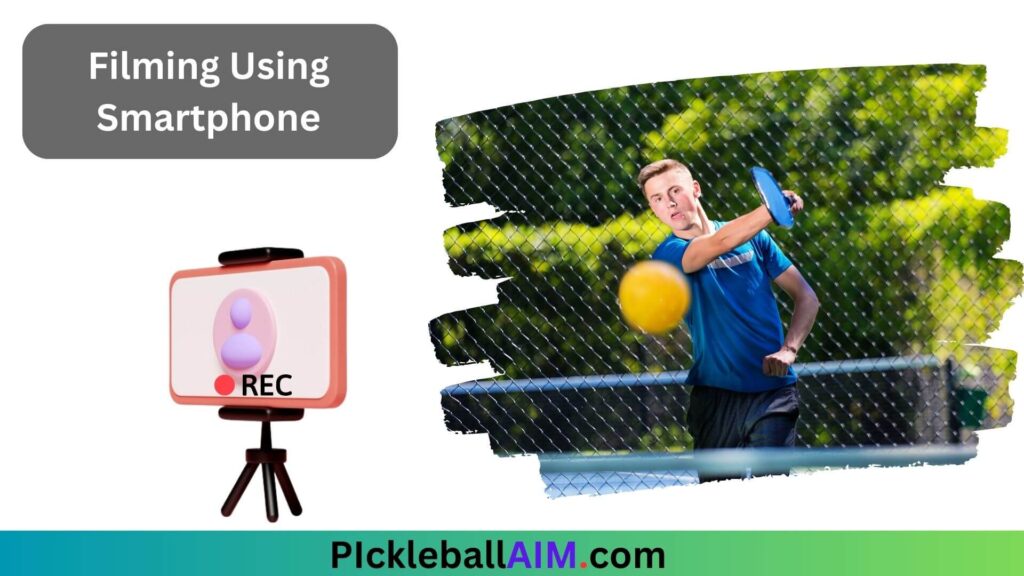
One of the simplest and most accessible ways to record your pickleball matches is by using your smartphone. The latest smartphones come equipped with high-quality cameras that can capture smooth videos with excellent resolution. Additionally, there are numerous free or inexpensive video recording apps available that allow you to control the frame rate, resolution, and even add slow-motion effects to your videos.
Pros:
- Convenience: Most people already have a smartphone with a decent camera, making it a convenient option.
- Cost-effective: No need to invest in additional equipment if you already own a smartphone.
- Easy to share: You can quickly share your recorded matches with friends, coaches, or online communities.
Cons:
- Limited stability: Filming with just your hands may result in shaky footage, affecting video quality.
- Limited zoom capabilities: Zooming in with a smartphone can lead to pixelation and reduced video quality.
Tips:
To overcome the limitations of stability and zoom, consider using a tripod or a stabilizer for your smartphone. This will result in steadier footage and better control over zooming, enhancing the overall quality of your pickleball videos.
2. Action Cameras – Your On-Court Companion
Action cameras, like GoPro, have become immensely popular among sports enthusiasts, including pickleball players. These small, durable cameras can be easily mounted on a headband, chest harness, or a tripod near the court to capture your gameplay from a player’s perspective.
Pros:
- Wide-angle lens: Action cameras offer a wide field of view, capturing a broad perspective of the court.
- Sturdy and portable: Action cameras are designed to withstand rugged environments, making them perfect for pickleball courts.
- Hands-free filming: Mounting the camera allows you to play naturally without holding a recording device.
Cons:
- Fixed focus: Action cameras have a fixed focus, which might not provide the best clarity for players farther away from the camera.
- Limited battery life: Depending on the model, action cameras might have a limited recording time.
Tips:
To maximize the benefits of action cameras, experiment with different mounting positions to find the one that provides the best view of the court. Additionally, make sure to have spare batteries and memory cards on hand to avoid missing out on important moments during your pickleball games.
3. Camcorders – Dedicated Video Recording
Camcorders have been a reliable choice for capturing high-quality videos for many years. With advanced features and optical zoom capabilities, they offer a more versatile filming experience than smartphones or action cameras.
Pros:
- Zoom capabilities: Camcorders come with optical zoom, allowing you to get closer shots of players and the action.
- Image stabilization: Most camcorders have built-in stabilization, resulting in smoother and steadier footage.
- Flip-out screens: Many camcorders have flip-out screens, enabling you to see the recording while adjusting the angle.
Cons:
- Bulkier: Camcorders can be larger and heavier compared to smartphones or action cameras, making them less portable.
- Cost: Good quality camcorders can be more expensive than other filming options.
Tips:
When using a camcorder, explore different zoom levels to capture various aspects of the game. For example, you can use wide shots to observe overall player movements and strategy, while zooming in can help analyze specific shots and techniques in detail.
4. Drones – Aerial Perspectives
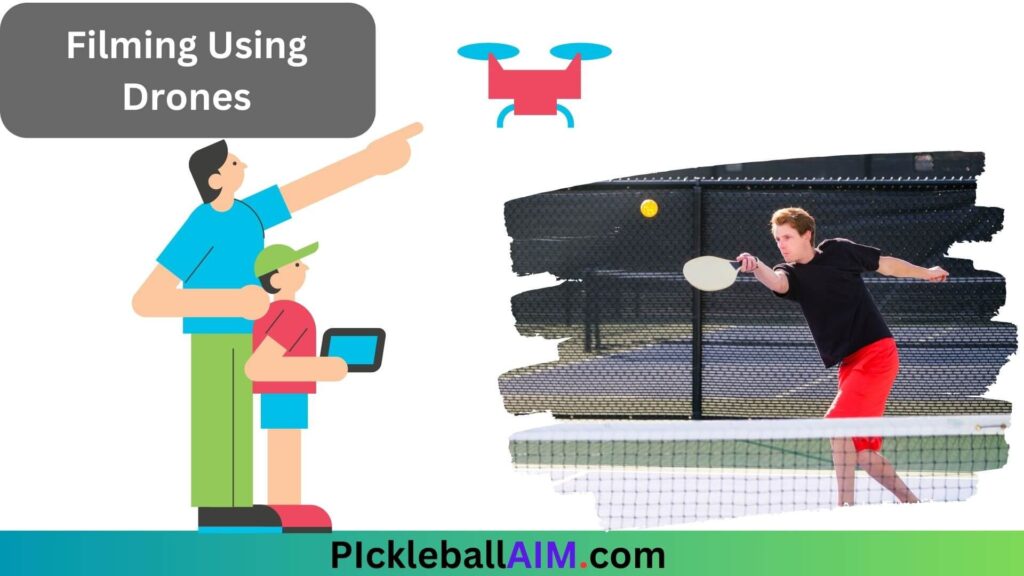
For those looking to take their pickleball filming to the next level, drones provide an incredible opportunity to capture unique aerial perspectives of the court. Drones equipped with high-definition cameras can follow the action from above, offering a bird’s-eye view of the gameplay.
Pros:
- Stunning aerial footage: Drones offer a breathtaking view of the court and player movements.
- Versatility: Apart from capturing gameplay, drones can also be used for other creative shots, enhancing the overall production value.
Cons:
- Legal restrictions: Drone usage is regulated in many areas, so make sure to comply with local laws and regulations.
- Skill and cost: Operating a drone requires skill and practice, and good-quality drones can be expensive.
Tips:
Before using a drone to film pickleball games, practice flying it in open areas to get accustomed to its controls. Additionally, always prioritize safety and respect the privacy of others on the court and nearby areas when flying your drone.
5. External Microphones – Enhancing Audio Quality
While filming your pickleball play, it’s essential not to overlook the importance of audio. The built-in microphones in smartphones, action cameras, and camcorders might not always capture clear and crisp audio, especially in noisy environments like a pickleball court.
Pros:
- Improved audio quality: External microphones can significantly enhance the clarity and richness of the audio captured during your games.
- Directional focus: Some external microphones offer directional recording, allowing you to capture the sound from specific areas of the court.
Cons:
- Additional equipment: You’ll need to purchase an external microphone, and in some cases, a compatible adapter for your recording device.
- Setup and management: External microphones require proper setup and monitoring during filming.
Tips:
Invest in a good-quality lapel (clip-on) microphone for the best results. This type of microphone can be easily attached to your clothing, capturing your voice and on-court sounds with greater precision.
6. Video Editing Software – Polishing Your Footage
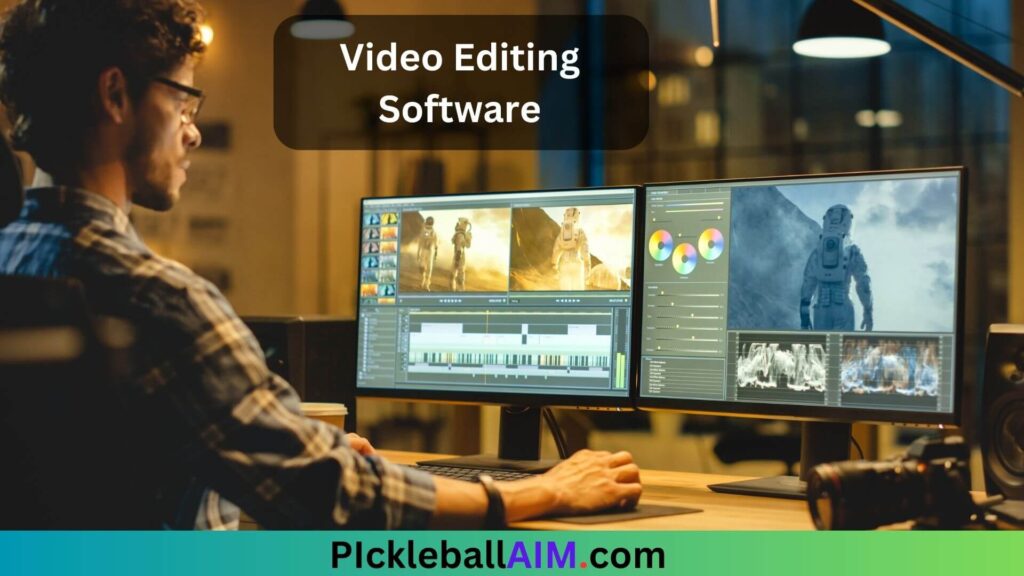
Once you’ve captured your pickleball play, the next step is to edit the footage. Video editing software allows you to refine your videos, add transitions, overlay text, and even include slow-motion effects for better analysis.
Pros:
- Professional touch: Video editing can transform raw footage into a polished and engaging final product.
- Highlight reels: With editing software, you can create highlight reels showcasing your best shots and performances.
Cons:
- Learning curve: Video editing software can be complex, requiring some time and practice to master.
- Time-consuming: Editing can take a considerable amount of time, especially for longer recordings.
Tips:
Start with user-friendly video editing software if you’re a beginner. As you gain confidence and expertise, you can explore more advanced options with additional features.
7. Analyzing Your Gameplay – Identifying Areas for Improvement
Filming your pickleball matches is not just about capturing exciting moments; it’s about learning from your gameplay to become a better player. Once you have your videos, it’s time to analyze your performance and identify areas where you can make improvements.
Pros:
- Technique evaluation: Analyzing your shots and movements can help identify flaws in your technique.
- Strategic insights: Observing your gameplay allows you to analyze your tactics and decision-making on the court.
Cons:
- Subjective analysis: Self-assessment may not always reveal all your weaknesses or areas for improvement.
- Time-consuming: Proper analysis can take time, especially if you have extended match recordings.
Tips:
Consider seeking feedback from more experienced players or coaches. They can provide valuable insights and perspectives on your gameplay, helping you focus on specific areas to work on.
Conclusion
Filming your pickleball play can be an invaluable tool for improving your skills and analyzing your performance. Each filming option comes with its pros and cons, so consider factors like convenience, budget, and desired footage quality before making your decision. Whether you opt for the convenience of a smartphone, the versatility of a camcorder, the action-packed experience of an action camera, or the aerial perspectives from a drone, recording your pickleball games will undoubtedly take your game to new heights. So, pick your favorite option, get out on the court, and start capturing those epic pickleball moments!
